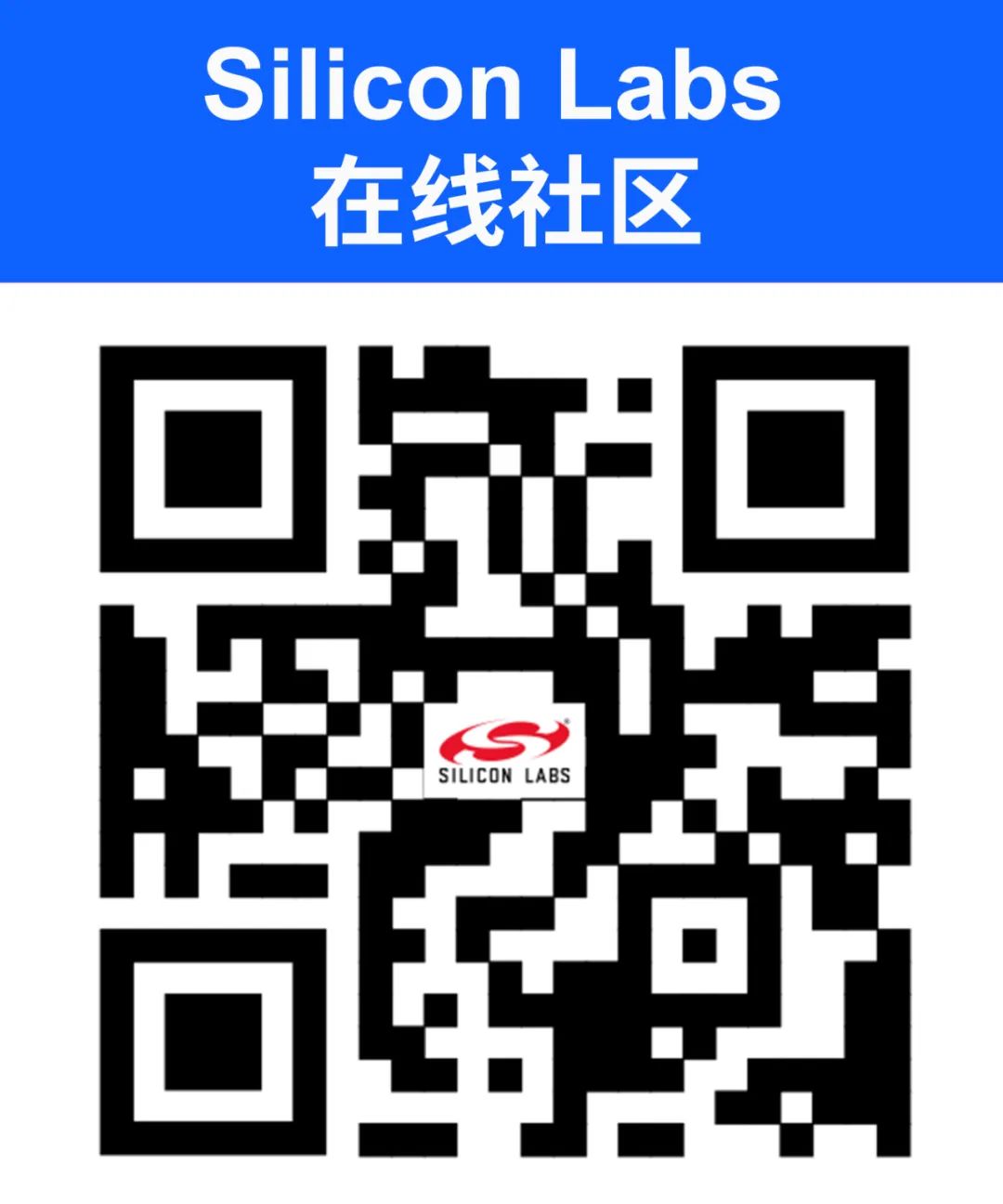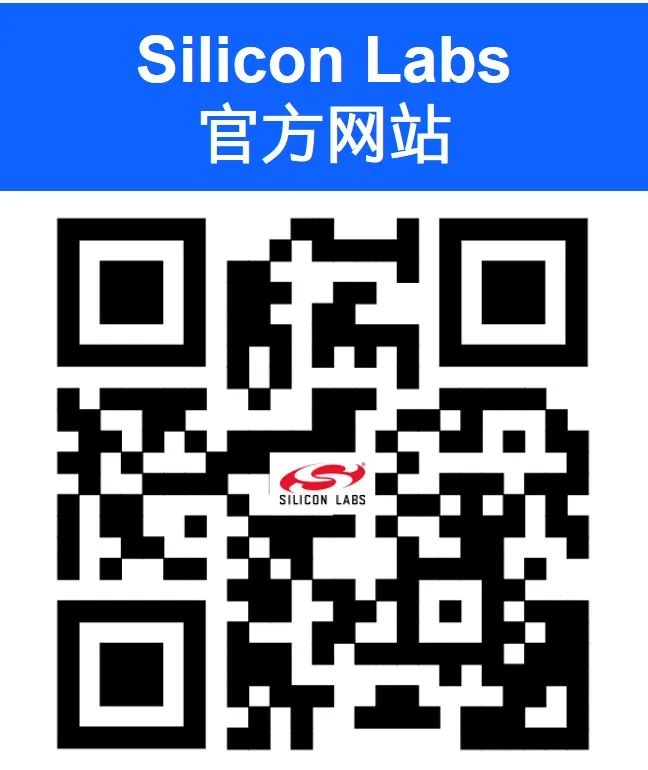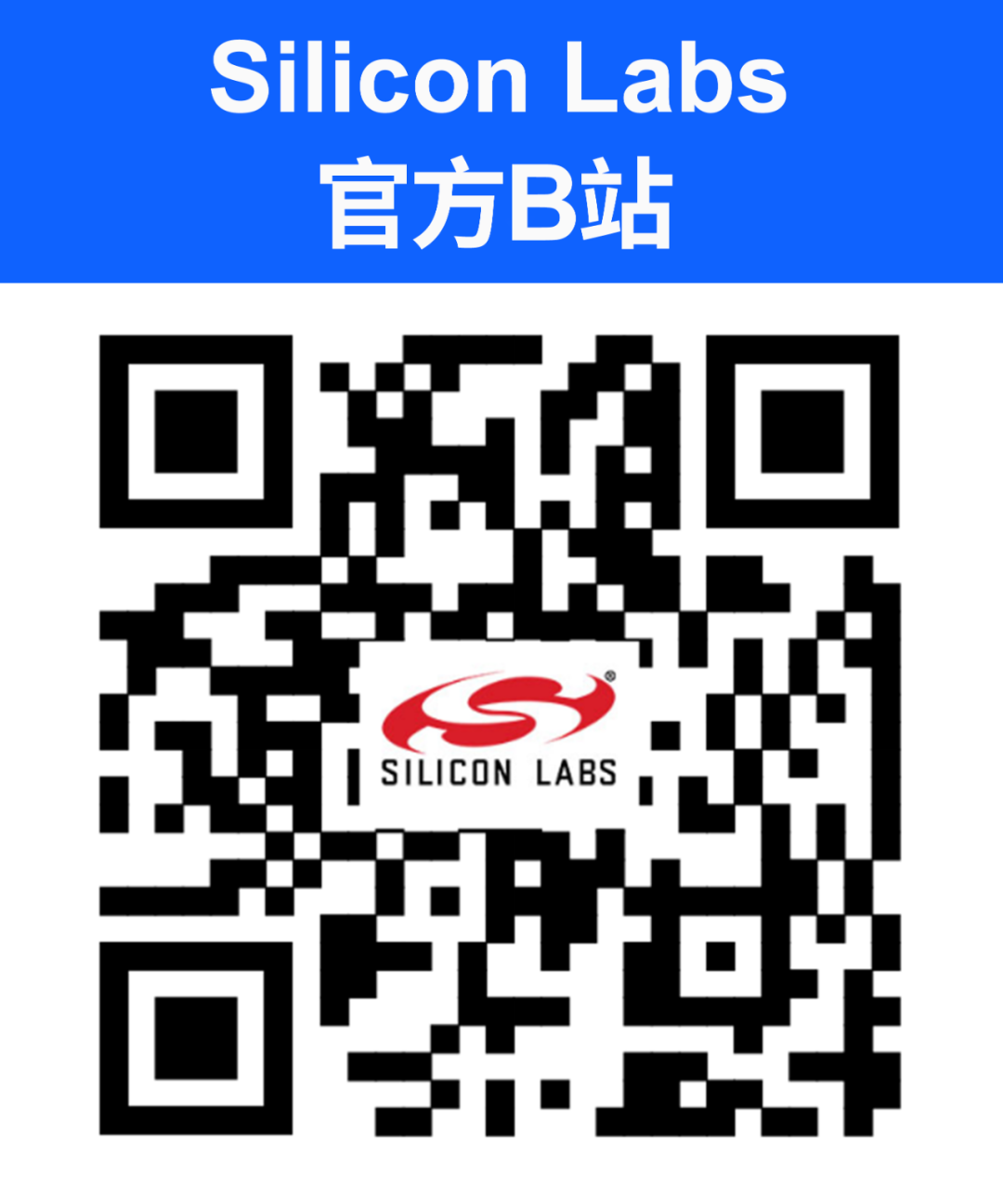
This project demonstrates how to build an occupancy sensor that supports the Matter smart home wireless connectivity standard, used for automatically controlling lighting based on room occupancy status. This sensor reference design is built using the newly released Matter compatible Arduino Nano development board, which greatly simplifies the development and integration process. The core of the project is the powerful Silicon Labs MG24 SoC and its Matter SDK implementation, providing a seamless and user-friendly experience for developing devices that support Matter. This DIY project aims to showcase the potential of the new smart home connectivity standard Matter in achieving energy-efficient home automation.
Core Features of the Project
The core functionality of the occupancy sensor relies on a PIR (Passive Infrared) sensor to detect motion. The Arduino Nano board reads the state of the PIR sensor to detect occupancy. When motion is detected, the sensor updates its occupancy status accordingly. Conversely, when no motion is detected within a specified time, the sensor updates its status to “Unoccupied”.
Technical Advantages
This project showcases the usability of the Arduino Nano board, Silicon Labs Matter SDK, and the Matter ecosystem. It utilizes the Arduino IDE as well as comprehensive examples provided by Silicon Labs and Arduino to support on-board programming for achieving Matter compatibility. The demonstration covers a step-by-step process of compiling and flashing Matter firmware to the Arduino Nano board, benefiting from detailed SDK documentation and examples, making the process very smooth.
Smart Home Integration
Once the deployment of the occupancy sensor supporting the Matter protocol is complete, users can set up automations and routines within their smart home ecosystems (such as Amazon Alexa, Google Home, and Apple HomeKit). These automations can control the switching of lights based on the occupancy status reported by the sensor, thereby achieving energy savings by automatically turning off lights in unoccupied areas.
Advantages of the Thread Network
The project also emphasizes the advantages of the Thread network, which is a key component of the Matter standard. The low-power characteristics of Thread allow the occupancy sensor to operate efficiently while maintaining a reliable connection with the Matter coordinator.
Energy Saving Potential
Throughout the demonstration, the project particularly focuses on the energy-saving potential of the occupancy sensor and the automation features achieved after integration with smart home ecosystems. By automatically turning off lights in unoccupied areas, users can significantly reduce electricity consumption and lower their utility bills.
Analysis of Matter and Thread Technologies
Additionally, the demonstration delves into the analysis of Matter and Thread technologies, their advantages, and their roles in achieving seamless smart home automation. Participants will gain valuable insights into the future of smart homes and the ease of developing devices that support Matter using the Arduino Nano board—all thanks to the Silicon Labs provided Matter SDK and comprehensive examples.
Pin Distribution for Connecting PIR Sensors to the Arduino Nano Board
The project’s GitHub Gist provides a detailed pin connection diagram for the Arduino Nano board and the PIR sensor: https://gist.github.com/syedautherabbas/9f7f3465ec4ffe618ece394eafe303e9
Project Demonstration Video
Visit Silicon Labs’ official Bilibili to watch the actual demonstration video of the Matter occupancy sensor design, helping you understand the related operations and designs step by step: https://www.bilibili.com/video/BV12qC3YbEXW/?spm_id_from=333.999.0.0
Explore Silicon Labs’ Matter Development Process: https://cn.silabs.com/wireless/matter
Scan the QR code below to follow Silicon Labs on social media platforms


